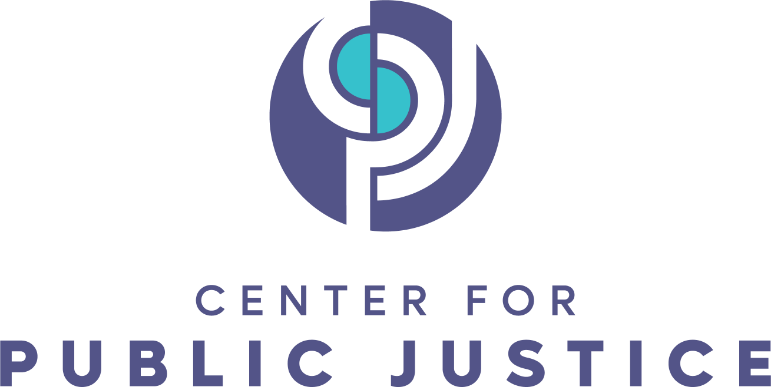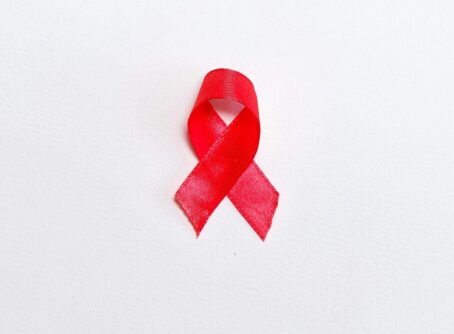
Human trafficking has always existed in the U.S., and it is present today in every state. In the U.S., traffickers exploit the foster care system, targeting vulnerable children. The U.S. foster care system finds temporary housing and care for children who have been abused, neglected, or surrendered to the state by their parents. Once a child has been removed from their home or surrendered, they are placed with relatives, nonrelative foster families, group homes, or institutions, typically in exchange for a money stipend.
A child is trafficked for sex when they are involved in an exchange where anything of value (money, clothing, a place to sleep, drugs) is traded for a commercial sex act. Child sex trafficking is a particularly difficult crime to study and measure, but the few reports on trafficking tell us that kids who are trafficked more often than not have come from the foster care system. Here is what we know:
- The National Center for Missing and Exploited Children estimates that almost 1 in 5 children who went missing from child welfare in 2021 were victims of child sex trafficking.
- A 70-city raid by the FBI in 2013 found that 60% of the children trafficked in those cities had were from foster care or group homes.
- In 2012, 86 of the 88 victims of child sex trafficking identified by the state of Connecticut were involved with the child welfare system, and most of them reported experiencing abuse while in foster care or a residential placement.
These are sobering and unacceptable numbers that beg the question: What is it about the foster care system that results in or promotes sex trafficking? Kids in foster care are uniquely vulnerable to abuse, and traffickers know it.
Kids in foster care are often shuffled between homes, and therefore have less housing stability than children who stay with their parents and families. Moving from place to place means foster children have disrupted contact with mandated reporters like health care providers, mental health providers, religious leaders, and educators. They may also spend a lot of time on the internet without attentive supervision. These factors increase a foster child’s exposure to public spaces (in-person and online), and by extension, to traffickers.
Moreover, many factors that present a risk of trafficking are present in children in the foster care system. Every child in the foster care system has experienced some kind of trauma, be it abuse, neglect, or the very act being removed from their home. Many of the children who enter the foster care system bring with them prior experiences of child sexual abuse or other adverse childhood experiences (ACEs) such as homelessness, a history of running away, or neglect.
CHILD USA’s research confirms that the human brain is an ever-evolving organ, and that parts of the brain that guide cognitive processing and risk assessment do not undergo substantial development until a person reaches the age of 25. In short, even a child’s biology makes it harder for them to make certain choices and judge risk when it comes to danger, even when they live in secure families and are surrounded by attentive adults.
Foster care creates an environment where, at its worst, a child is primed to be a victim of sex trafficking because they already see themselves as a paycheck for foster parents and they are trained to move from place to place, without having control over their lives. Traffickers are ready to exploit this dynamic.
Although there are instances of children brought into sex trafficking through physical violence and being beaten into submission, the two most common ways that children are recruited for abuse are through online grooming or in-person grooming by a trafficker or by another victim. Traffickers and child predators are drawn to work in spaces that create proximity to children, so there are also instances of traffickers within foster families or within the foster care system abusing children and bringing them into trafficking.
Traffickers who groom foster kids shower them with whatever they need and want — food, clothing, attention, money, drugs — to build trust. Once a trafficker has established trust with a child and made them emotionally or physically reliant on them, they can entice the child to run away from their home or to send them online sexual abuse material, giving the trafficker ultimate control. For many foster children, their relationship with a trafficker is the most stable and consistent relationship they have. As a result, many victims of trafficking do not realize they are being trafficked, and many do not think of themselves as victims. Some become even more hostile to the law enforcement or social services providers whom they already associate with being taken away from their home.
Given the exploitative nature of this abuse, it is no surprise that the trauma experienced by children in foster care who have experienced sex trafficking is complex and can have life-long impacts. Child sexual abuse increases a child’s risk for depression, anxiety, substance abuse, post-traumatic stress disorder, and suicidal ideation, as well as high blood pressure and chronic illness. These impacts compound pre-existing mental and physical health problems that children in foster care may carry as a result of their prior circumstances. Children who emerge from trafficking struggle to form romantic bonds, to maintain healthy relationships, and to work consistently, resulting in a significant lifetime cost to the child and to society. In his book on the impacts of child sexual abuse and war, The Body Keeps the Score, Bessel van der Kolk identifies child sexual abuse as one of the biggest public health crises in the United States.
In light of these complexities, the foster care to trafficking pipeline needs a cross-functional, interdisciplinary response from the government and from civil society.
In light of these complexities, the foster care to trafficking pipeline needs a cross-functional, interdisciplinary response from the government and from civil society.
Government Response
When families are unable or unwilling to care for children, it is the government’s responsibility to ensure that they are protected and placed in safe and healthy homes. The federal government must ensure there are laws in place to designate funds for the foster care system administration and implementation, and support the training of state agencies so they can better recognize and respond to trafficking. Governments should also consider expanding preventative services to keep children safely in their families of origin, as well as expanding service provision to foster children between the ages of 18 and 21 years-old, who are most at-risk. State governments should consider providing more staff to foster care systems and creating more beds for children, women, and men who are survivors of trafficking.
A Robust Civil Society Response
Although the government must take action to dismantle the foster care to human trafficking pipeline, civil society, the Church, and individuals have a vital role to play. God’s heart for orphans and vulnerable children is clear. In Psalm 68:5, God describes himself as a “Father to the fatherless” and in James 1:27, God equates pure faith, in part, to “look[ing] after orphans.” The Bible is filled with exhortations for Christians to care for our most vulnerable, including our children; one way to do that is for healthy families to foster a child, and remove them from the pipeline.
However, families seeking to foster children should expect it to be challenging, and should seek legal advice and other support from churches and other organizations. Two such groups are Promise686 and the Pennsylvania Orphan Care Alliance, organizations that raise awareness about the needs of vulnerable children, support at-risk biological families, recruit and equip foster families, and create care communities for foster families. Nonprofits like these are critical in providing foster families with the extra levels of care and support that they need to create safe environments for children. For more information on foster care resources in your region, check out the Child Welfare Information Gateway.
There are roughly 350,000 churches in the United States. If one household in each church fostered one (or two children) in a foster care system with 407,000 children, churches alone could provide a home for every child in the foster care system. If you cannot foster a child, you can support family and friends who do by becoming a respite caregiver. Members of the public can also get involved by donating to organizations working with foster children, or becoming a Court Appointed Special Advocate, advocating for children in the foster care process. Consider mentoring an at-risk teenager and commit to being present in their life. Or become trained in trauma-informed care and volunteer with a local community service organization that supports at-risk families. There are endless opportunities to dismantle the pipeline.
Nelson Mandela famously said, “There can be no keener revelation of a society’s soul than the way in which it treats its children.” There are no simple solutions to ending child sex trafficking or fixing the foster care system, but the United States would be a different country if each child grew up safe and loved. That is a dream worth working toward.
Alice Bohn is the Legal Director at CHILD USA. She is a graduate of Pepperdine University Caruso School of Law, where she later worked as the Director of Insurance & Risk, overseeing initiatives, including those to prevent child sexual abuse. As a student, Alice served as the Symposium Editor of the Pepperdine Law Review; she was also a member of the Moot Court team and the International Commercial Arbitration Moot team.
Before law school, Alice worked with International Justice Mission on a national campaign to end bonded labor in India. She graduated from Gordon College with a B.A. in Sociology, having focused her studies on Human Trafficking and Cultural Conflict. Her interest in CHILD USA’s work grows from a conviction that the rule of law must function for every member of society, including our children.





